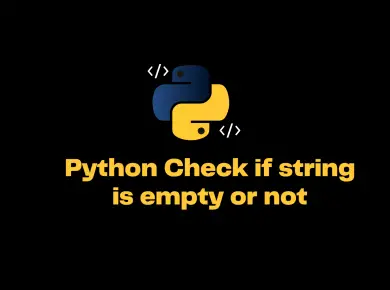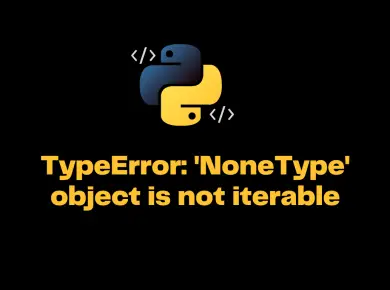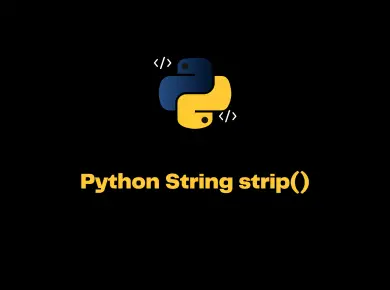The Python String rindex() method is a built-in function that returns the substring’s highest index (last occurrence) in a given string. If not found, it raises ValueError: substring not found exception.
Syntax
The Syntax of rindex() method is:
str.rindex(sub, start, end)
Parameters
The rindex() method can take three parameters.
- sub – substring that needs to be searched in the given string.
- start (optional) – starting position where the substring needs to be searched within the string
- end (optional) – ending position where the substring needs to be searched within the string
Note: If the start and end indexes are not provided, by default, it takes0as the starting index andstr.length-1as the end index
Return Value
The rindex() method returns an integer value, an index of a substring.
- If the substring is found in the given string, the
rindex()method will return the highest index of the substring. - If the substring is not found in the given string, it throws ValueError: substring not found exception
Difference between rindex() method and rfind() method
The rindex() method is similar to rfind() method. The only major difference is that the rfind() method returns -1 if the substring is not found in a given string, whereas the rindex() method will raise the ValueError: substring not found exception.
Example 1: Find the last occurrence of a string in Python
The index in Python starts from 0 and not from 1. Hence in the below example, the last occurrence of the substring ‘Code‘ is found at index position 25.
text = 'ItsMyCode - Learn how to Code in Python '
# find the index of last occurence of substring
output = text.rindex('Code')
print("The index of last occurrence of 'Code' is:", output)
# find the index of character
output = text.rindex('-')
print("The index of last occurrence of '-' is:", output)Output
The index of last occurrence of 'Code' is: 25
The index of last occurrence of '-' is: 10Example 2: rindex() method if the string is not found
Here the substring ‘Hello’ is not found in the given string and hence Python interpreter raises ValueError: substring not found exception.
text = 'ItsMyCode - Learn how to Code in Python '
# find the index of last occurence of substring
output = text.index('Hello')
print("The index of last occurrence of 'Hello' is:", output)
Output
Traceback (most recent call last):
File "C:\Personal\IJS\Code\main.py", line 4, in <module>
output = text.index('Hello')
ValueError: substring not foundExample 3: rindex() method using start and end arguments
text = 'ItsMycode - code, coder, coders, coding '
# find the index of last occurence of substring 'code'
output = text.rindex('code', 18)
print("The index of last occurrence of 'code' is:", output)
# find the index of character ','
output = text.rindex(',', 8, 20)
print("The index of last occurrence of ',' is:", output)
# find the index of substring 'de'
output = text.rindex('de', 10, -6)
print("The index of last occurrence of 'de' is:", output)Output
The index of last occurrence of 'code' is: 25
The index of last occurrence of ',' is: 16
The index of last occurrence of 'de' is: 27




